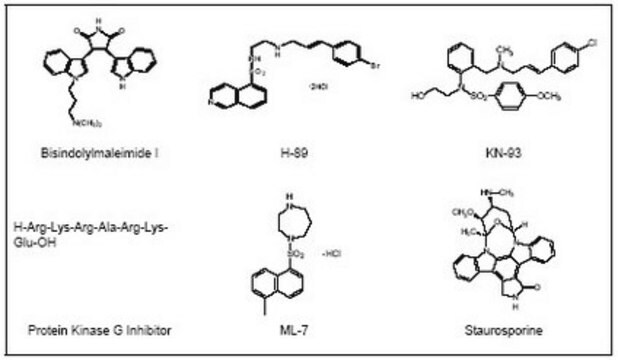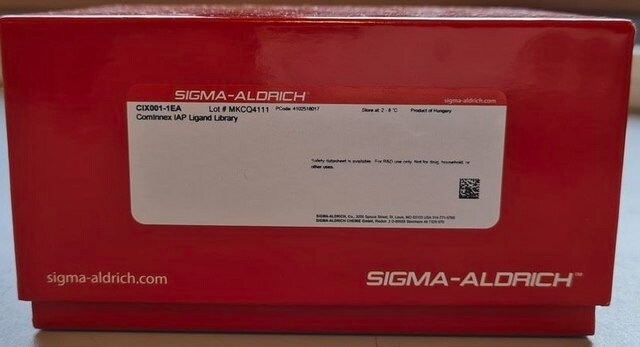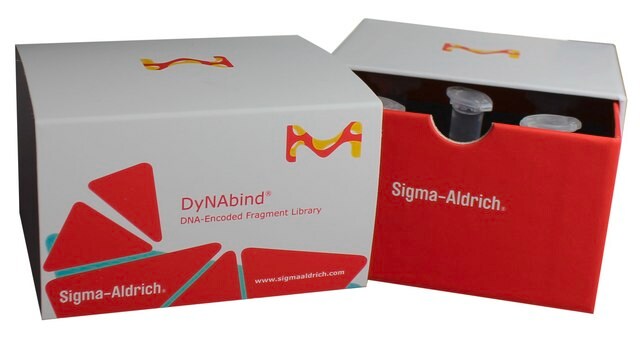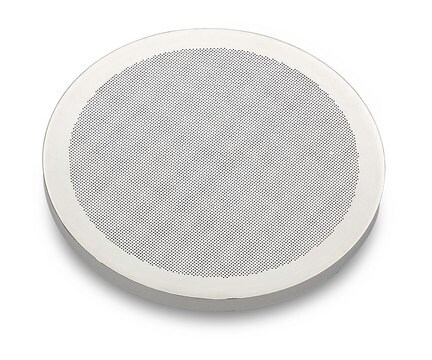LO1280
LOPAC®1280
Synonym(s):
Library of Pharmacologically Active Compounds
Sign Into View Organizational & Contract Pricing
All Photos(1)
About This Item
UNSPSC Code:
12352202
Recommended Products
General description
Compounds are arranged in 96-well format in 16 racks of 80, one compound per well (250 μl at 10 mM in DMSO).
Application
LOPAC®1280 has been used:
- in the screening of novel inhibitors for chemotaxis/ migration using Dictyostelium as a model
- to test the ability to modulate and to measure forskolin-stimulated cAMP levels in CHO-hCB2 cells and to modulate ligand-induced receptor/β-arrestin interaction
- in screening of small molecules for activating bone morphogenetic protein (BMP) signaling
- in screening of compounds that plays a role in regulating subcellular localization of nitric oxide associated protein 1 (NOA1) protein
Features and Benefits
Includes the latest, drug-like molecules in the fields of Cell Signaling & Neuroscience:
- Apoptosis
- G Proteins & Cyclic Nucleotides
- Gene Regulation & Expression
- Ion Channels
- Lipid Signaling
- Multi-Drug Resistance
- Neurotransmission
- Phosphorylation
SDFile provided to construct a database containing:
- Structure
- Primary Name
- Secondary Name
- Pharmacological Activity
- Product Number
- Rack Position
Collection of 1,280 Pharmacologically-Active Sigma Compounds
To request a list of components, please visit sigma.com/LOPAC
Other Notes
For sale in the U.S. only. Customers outside of the U.S. should refer to product code LO3300.
Legal Information
LOPAC is a registered trademark of Merck KGaA, Darmstadt, Germany
signalword
Danger
Hazard Classifications
Acute Tox. 2 Dermal - Acute Tox. 2 Inhalation - Acute Tox. 2 Oral - Aquatic Acute 1 - Aquatic Chronic 1 - Carc. 1A - Eye Dam. 1 - Lact. - Muta. 1B - Repr. 1A - Resp. Sens. 1 - Skin Corr. 1B - Skin Sens. 1 - STOT RE 2 - STOT SE 2
Storage Class
6.1A - Combustible acute toxic Cat. 1 and 2 / very toxic hazardous materials
flash_point_f
188.6 °F - closed cup
flash_point_c
87 °C - closed cup
Choose from one of the most recent versions:
Already Own This Product?
Find documentation for the products that you have recently purchased in the Document Library.
Customers Also Viewed
Karen Camargo-Sosa et al.
PLoS genetics, 15(2), e1007941-e1007941 (2019-02-28)
Skin pigment patterns are important, being under strong selection for multiple roles including camouflage and UV protection. Pigment cells underlying these patterns form from adult pigment stem cells (APSCs). In zebrafish, APSCs derive from embryonic neural crest cells, but sit
NOA1, a novel ClpXP substrate, takes an unexpected nuclear detour prior to mitochondrial import
Al-Furoukh N, et al.
PLoS ONE, 9(7), e103141-e103141 (2014)
Identification of small molecule activators of BMP signaling
Vrijens K, et al.
PLoS ONE, 8(3), e59045-e59045 (2013)
A Unique High-Throughput Assay to Identify Novel Small Molecule Inhibitors of Chemotaxis and Migration
Liao XH and Kimmel AR
Current Protocols in Cell Biology, 74(1), 12-11 (2017)
Clara Lettl et al.
Frontiers in cellular and infection microbiology, 10, 602958-602958 (2021-01-05)
Type IV secretion systems are protein secretion machineries that are frequently used by pathogenic bacteria to inject their virulence factors into target cells of their respective hosts. In the case of the human gastric pathogen Helicobacter pylori, the cytotoxin-associated gene
Our team of scientists has experience in all areas of research including Life Science, Material Science, Chemical Synthesis, Chromatography, Analytical and many others.
Contact Technical Service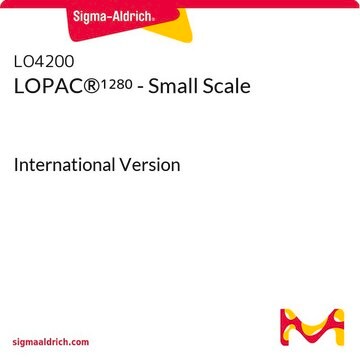
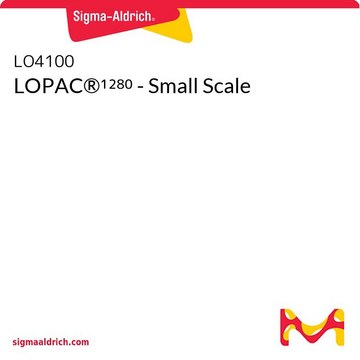
![N'-HYDROXY-1-METHYL-2-[2-(PHENYLSULFANYL)ETHYLIDENE]HYDRAZINECARBOXIMIDAMIDE SULFATE AldrichCPR](/deepweb/assets/sigmaaldrich/product/structures/273/761/717af332-cc45-4118-bbbe-4103581033f2/640/717af332-cc45-4118-bbbe-4103581033f2.png)

